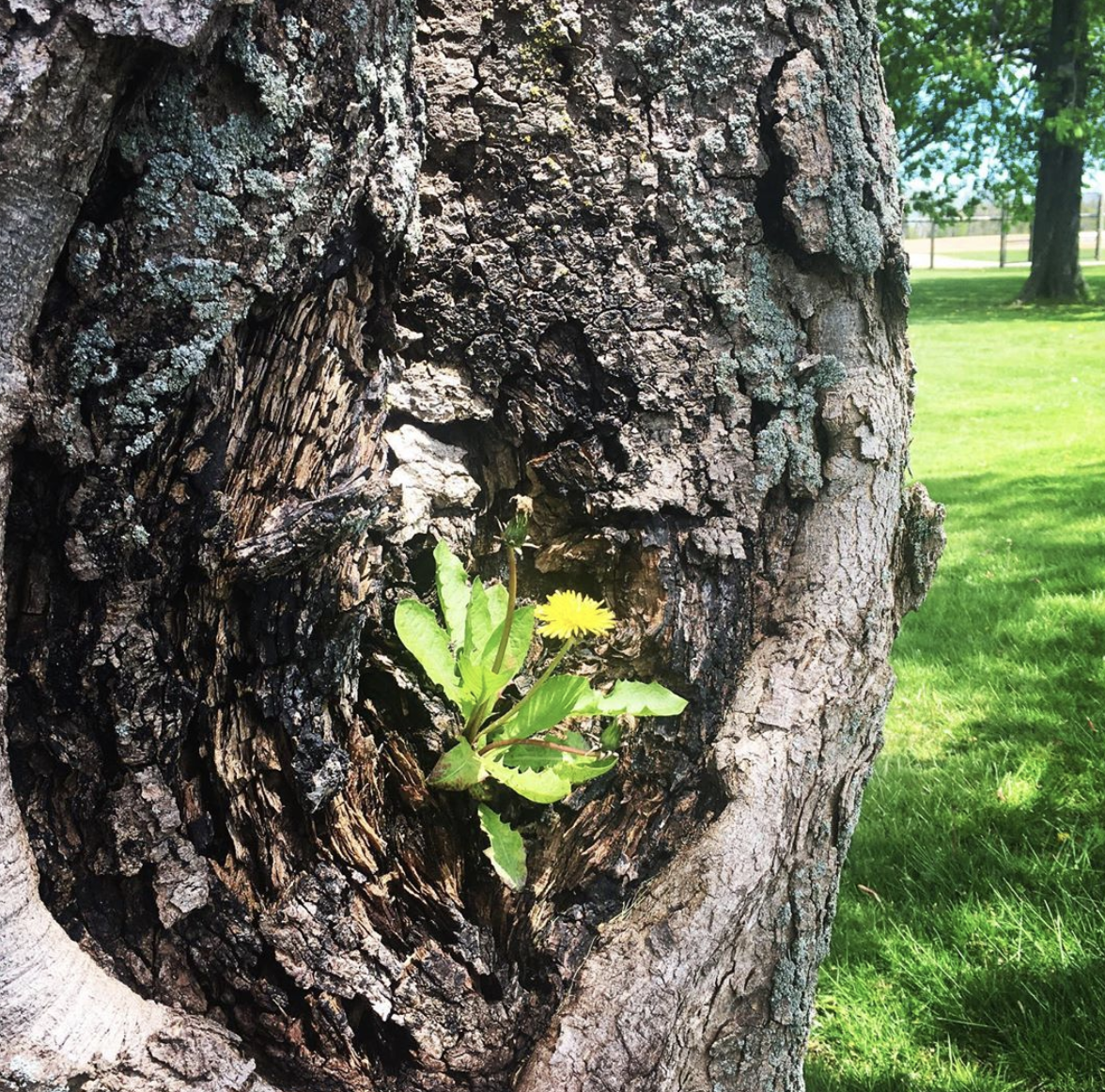
Human beings prefer that our thoughts and feelings are in in harmony with each other at all times.
It makes us feel safe, controlled, competent and satisfied in this chaotic chamber of horrors called life.
That’s why, when our inner planets fail to align, we go to great lengths to restore the balance. The internal inconsistency is too psychologically uncomfortable.
Unfortunately, the cash value of cognitive dissonance rarely pays out in real life.
We live in a world where control is an illusion, consistency is a fantasy, and uncertainty is the constant. And considering the madness that awaits around every corner, our willingness and ability to compartmentalize is a priceless asset.
Fitzgerald famously wrote that the test of a first rate intelligence was the ability to hold two opposed ideas in mind at the same time and still retain the ability to function.
But it’s more than just intelligence, it’s also a key part of having healthy boundaries. People who can deal with conflicting internal standpoints simultaneously, people who can choose not to let one thing blur into another, and people who refuse to stay frozen in the purgatory between bloody armies of true believers, they are the least stressed.
Consider, for example, the ancient argument about separating the art from the artist. Like when a celebrity gets busted for illicit, unethical and unconscionable behavior. And their scandal complicates the world’s reception of their art.
Some of us are able compartmentalize that. Instead of tossing that artist’s records into a fire, patting ourselves on the back for being offended and congratulating our friends on how upset we all are, we choose to experience the work as purer than the tainted soul that produced it.
But sadly, this raises some questions.
Does that mean we’re in denial, or does it mean we are emotionally mature enough to put things where they belong and not let them get in the way of the rest of our life?
Does it mean we’re robotic, delusional sociopaths who are complicit in the problem and deserve to be shamed in public, or does it mean our minds simply know how to deal with conflicting internal standpoints simultaneously?
Does mean we are fugitives from our feelings whose black hearts are slowly atrophying, or does it mean that we have mentally healthy, compartmentalized minds and diversified personalities that enable us to behave differently in a variety of situations?
Seneca, the legendary stoic philosopher, wrote:
Begin at once to live, and count each separate day as a separate life.
What he was trying to tell us was, ambivalence is an intrinsic part of the human condition. And so, compartmentalizing is a valid and necessary mode for comprehending this messed up universe we live in.
We all do what we have to do. We all remember the past the way we need to.
Next time you develop a brain cramp because every single one of your thoughts doesn’t get along with each other perfectly, take a deep breath. Inhale for five, pause for two, exhale for five. And then, close that compartment and open the next one.
Or better yet, say no to things that don’t deserve a compartment in the first place.
Decide not to invest emotionally. Isolate the issue from all the other challenges you are dealing with. And move on with your life.
LET ME ASK YA THIS…
Are you getting dragged down in the depressive mire of people who can’t compartmentalize?










